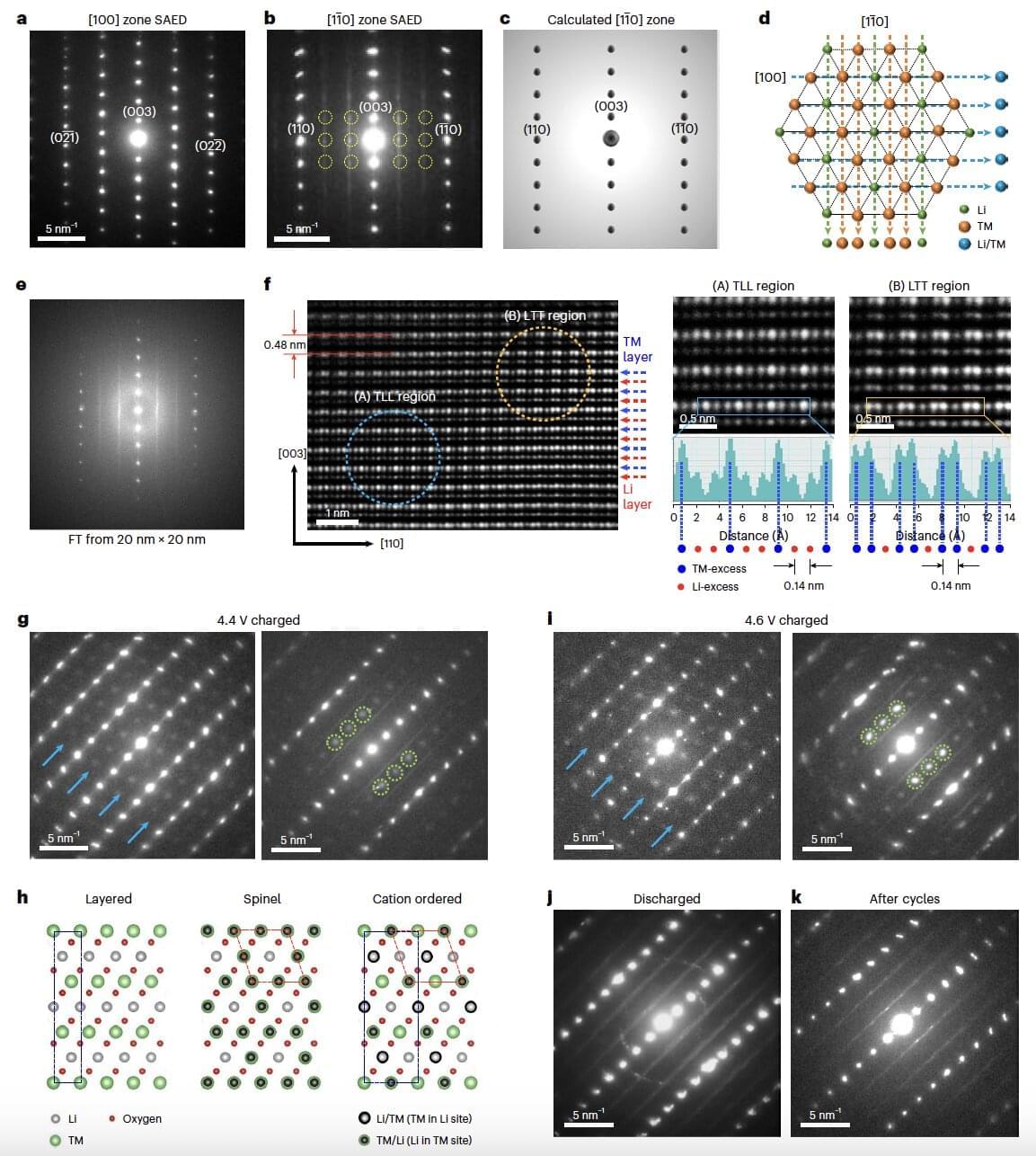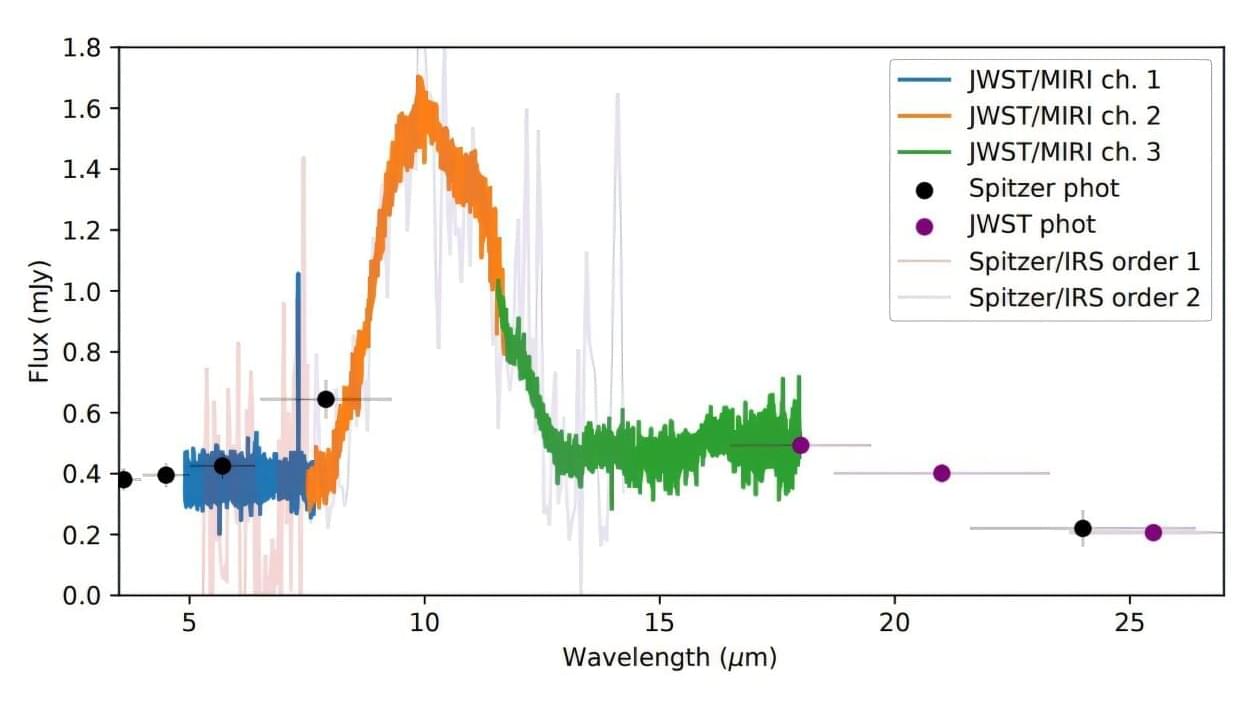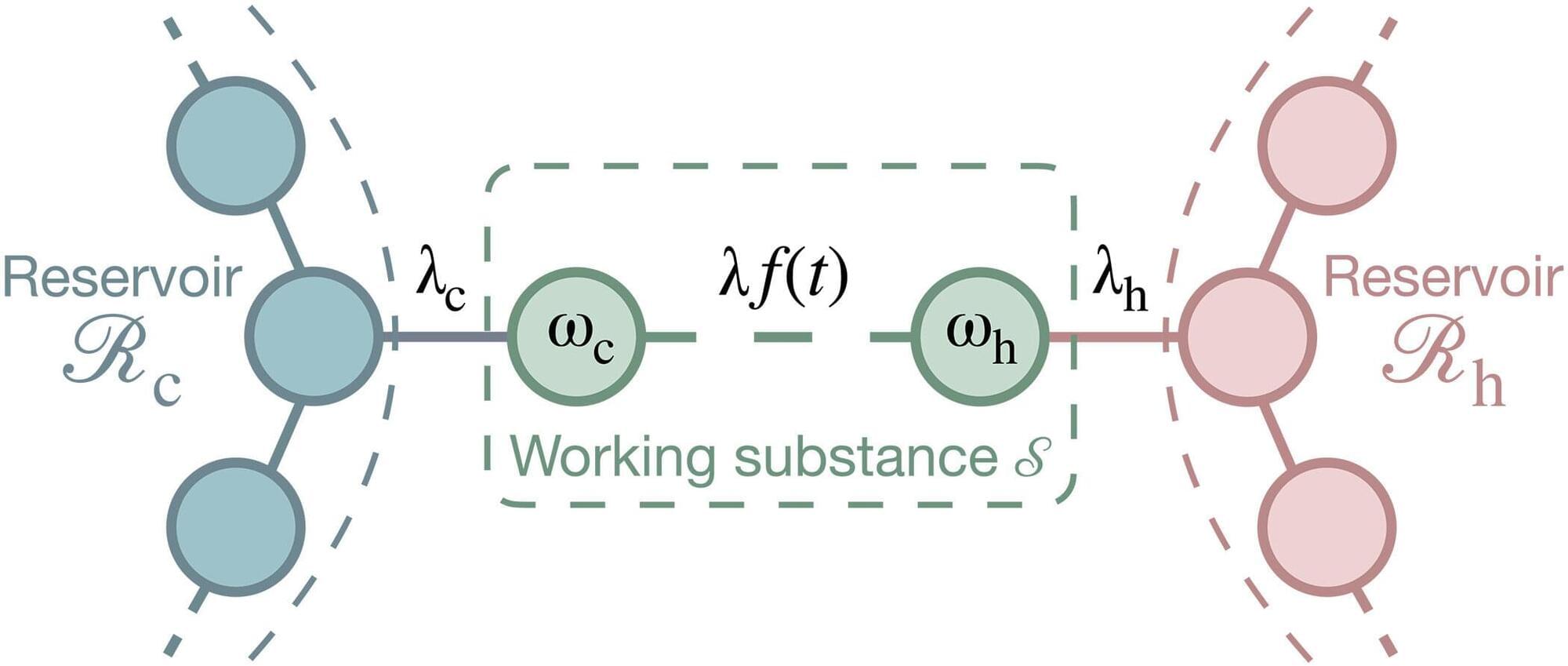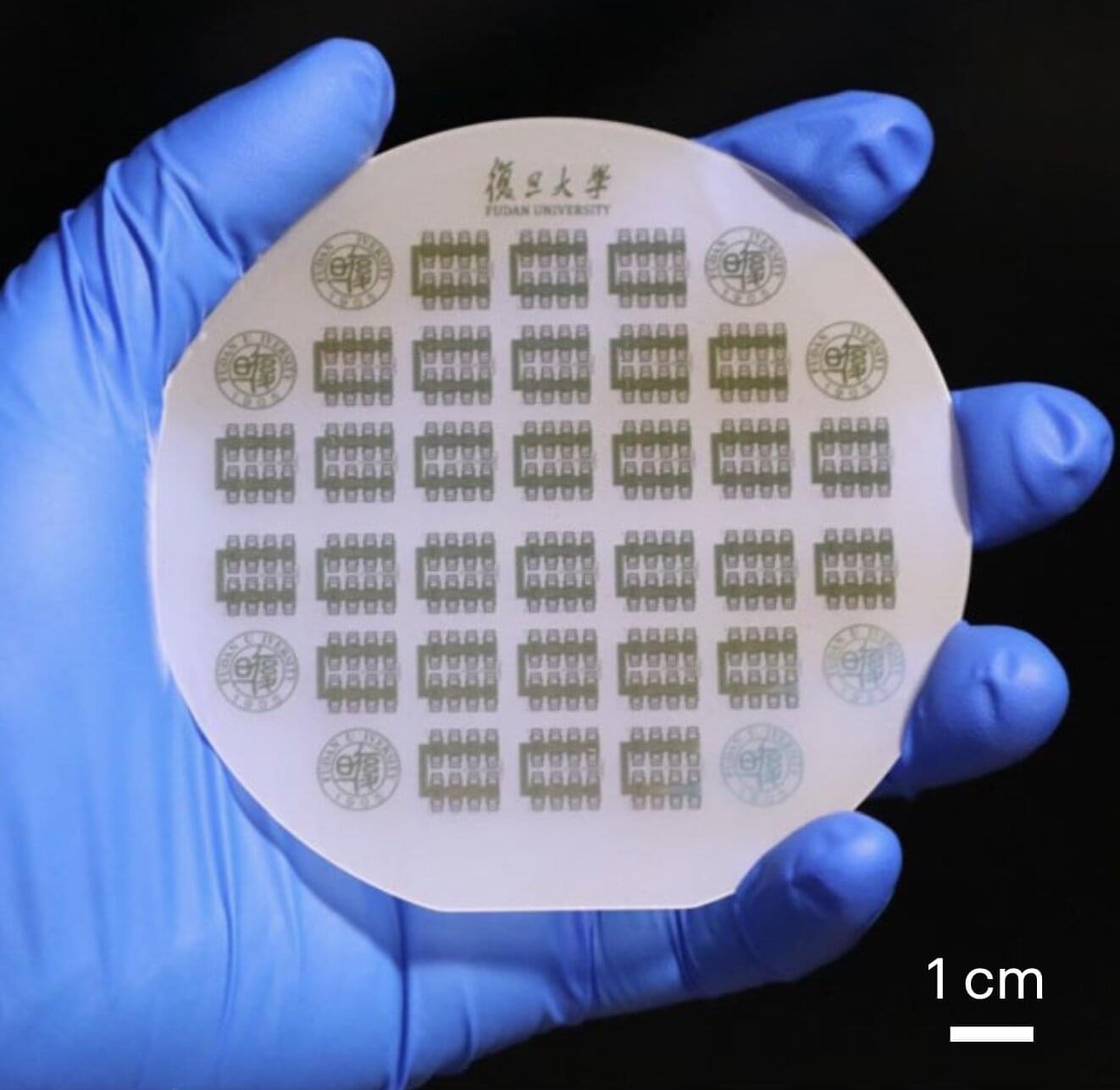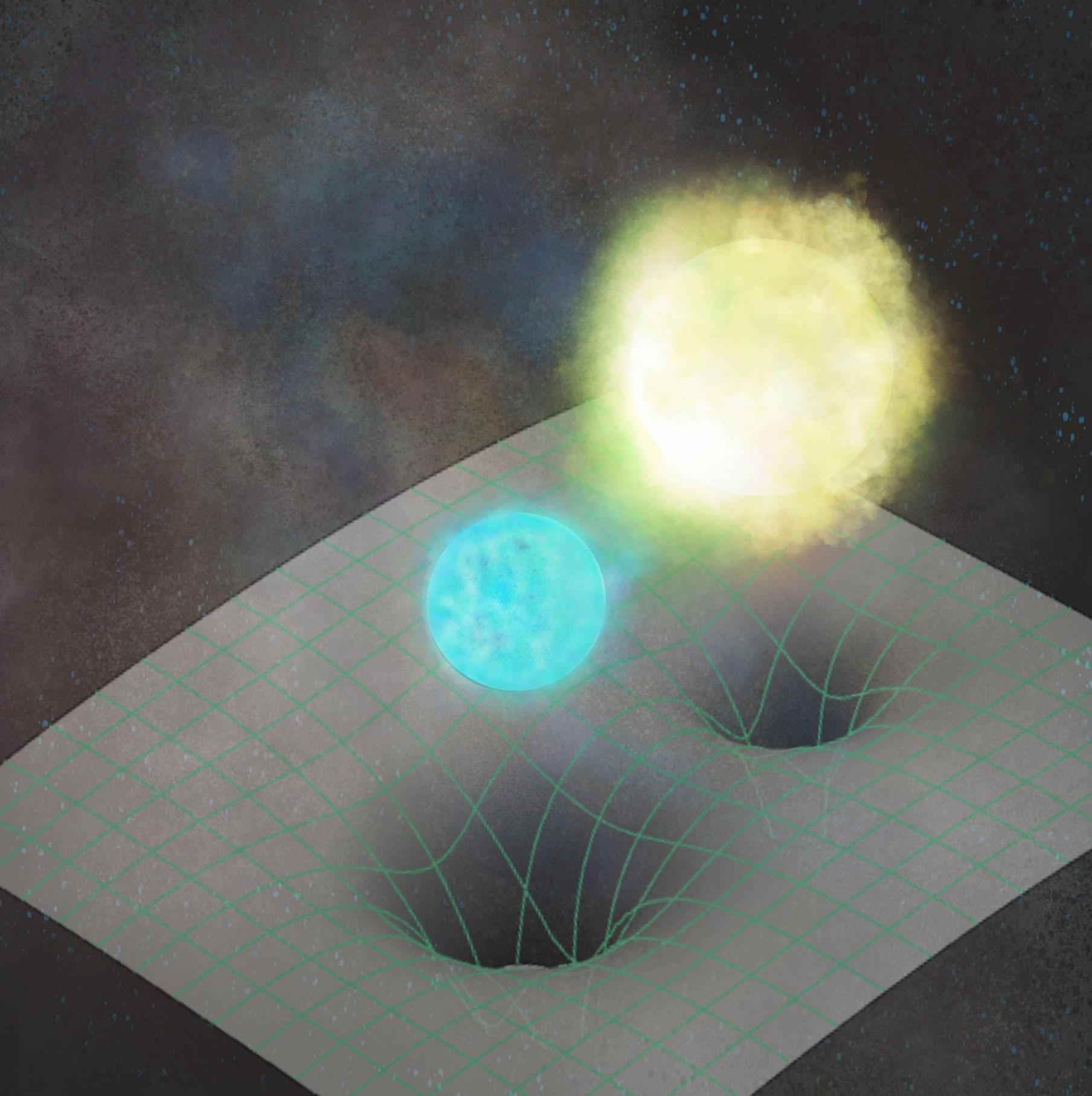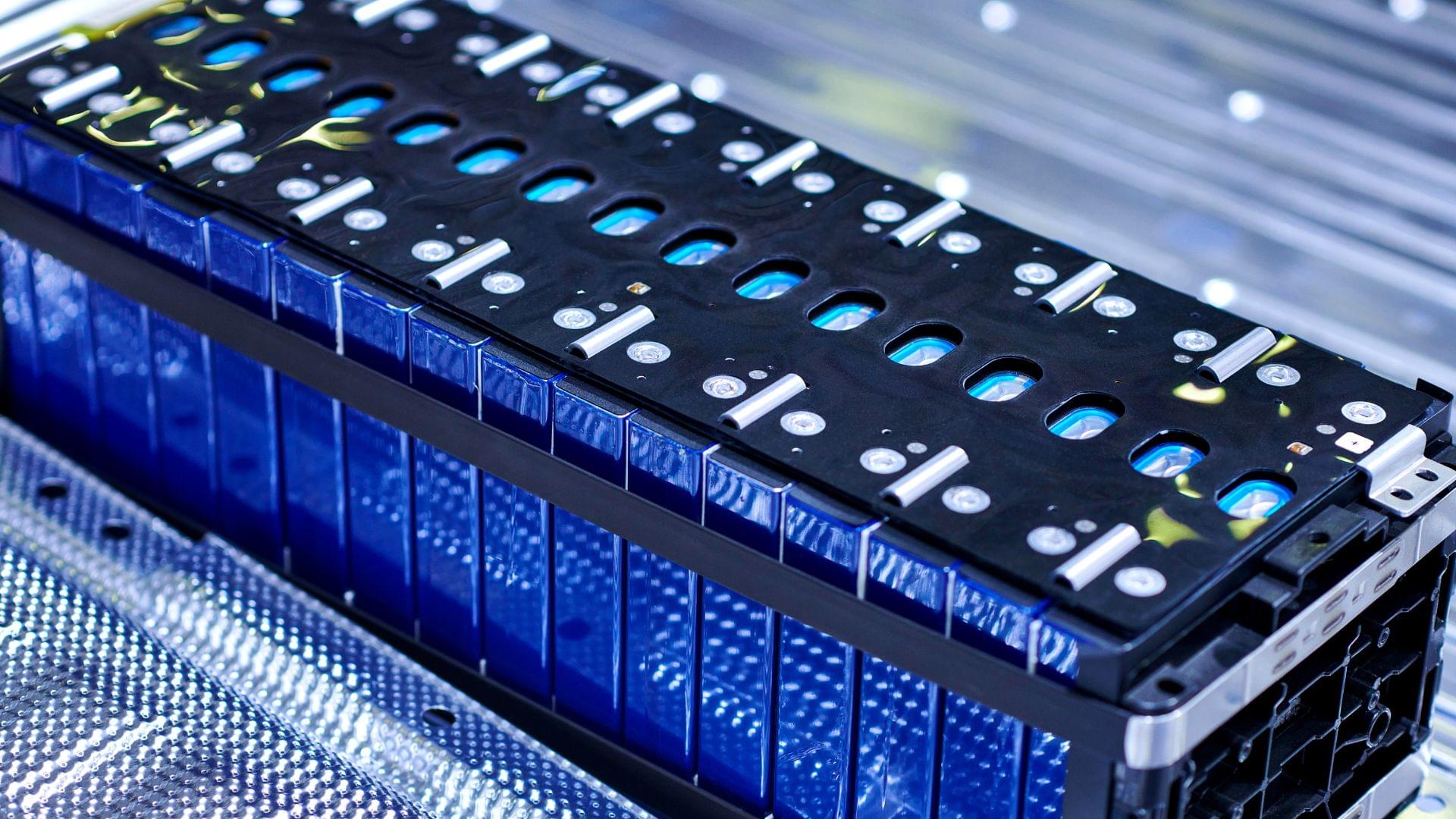Lithium-ion batteries (LiBs) remain the most widely used rechargeable batteries worldwide, powering most portable and consumer electronics. LiBs are also used to power most electric and hybrid vehicles, which are predicted to become increasingly widespread over the next decades.
Despite their good performance and large-scale adoption, LiBs still primarily rely on cathode materials based on nickel (Ni) and cobalt (Co). Yet the processes required to source both these metals are known to be destructive for natural environments, while also leaving a high carbon footprint and requiring significant water.
Moreover, most of the cobalt used worldwide originates from the Democratic Republic of the Congo (DRC), where unsafe mining conditions and child labor are still common. Over the past decades, energy researchers have been trying to identify cathode materials that can be sourced safely and sustainably, while matching the performance of Ni and Co-based cathodes.
